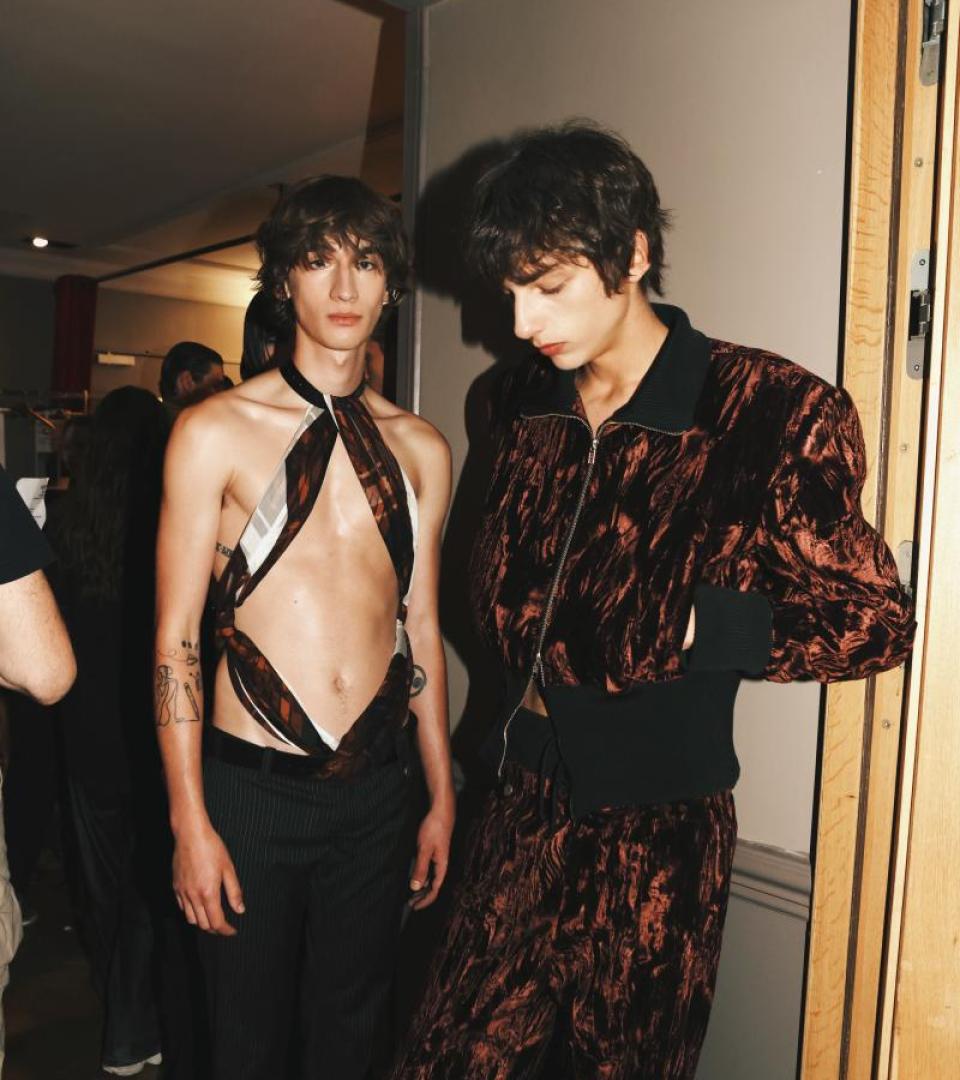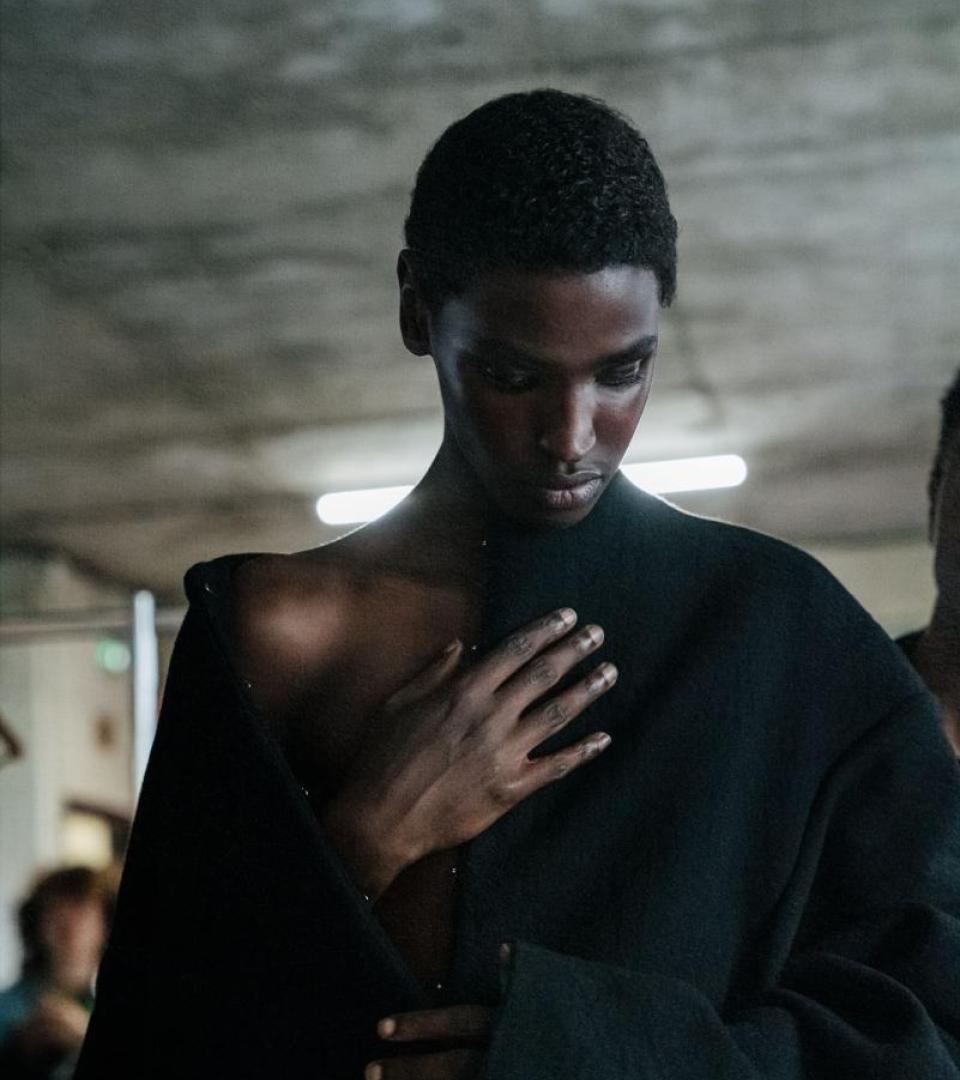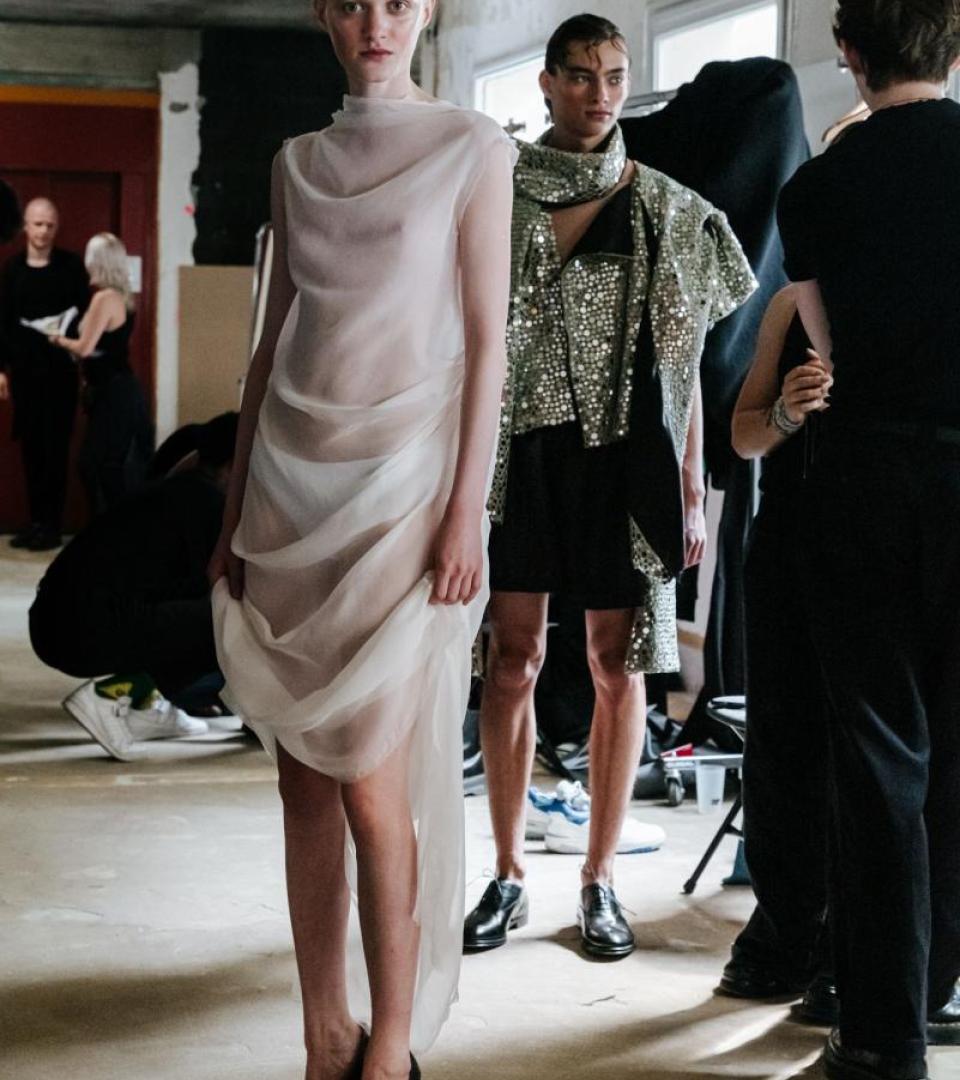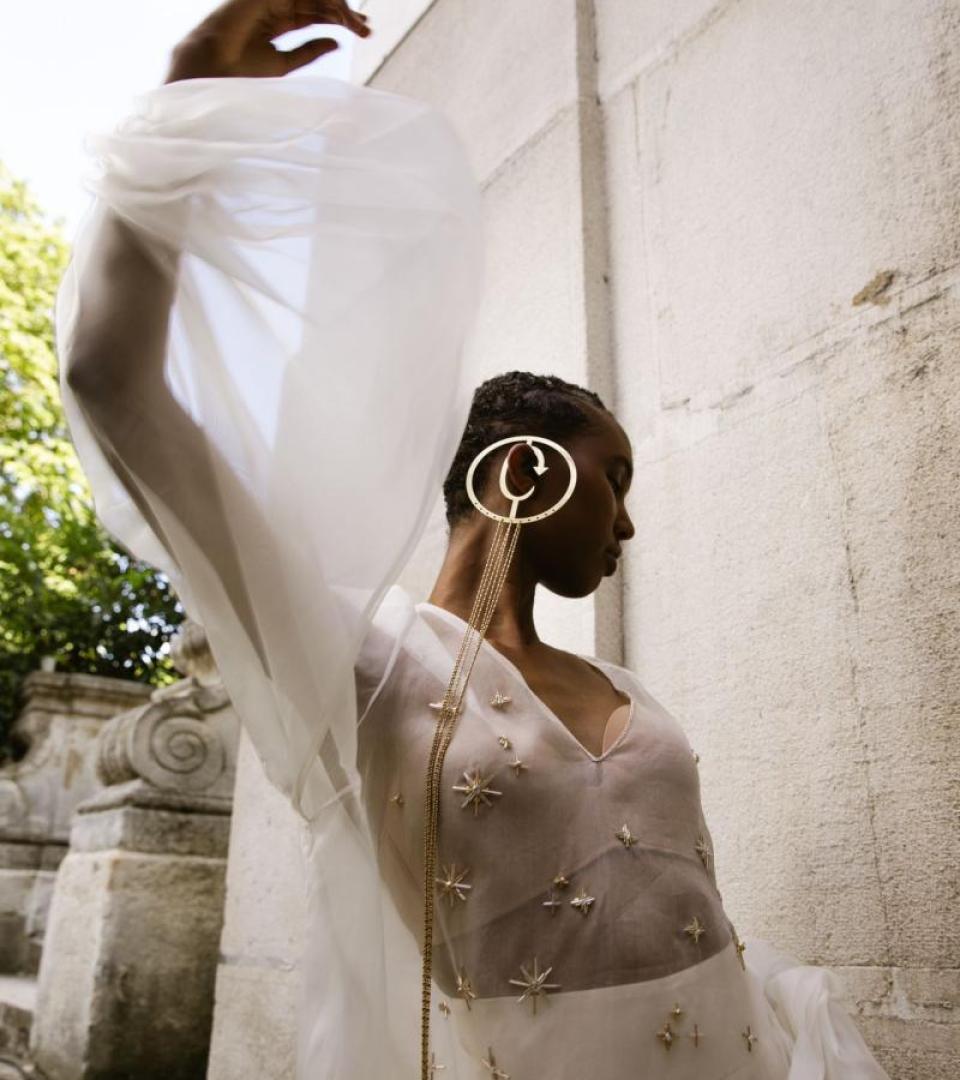Margaret Howell’s Realist Vision
By Paul McLauchlan
If content creation is waging a war on fashion, Margaret Howell is a saviour in troubled times. The 77-year-old British designer is blithely unconcerned with having her clothes function for social media, let alone anything other than the simple purpose for which they were created: to survive in one’s wardrobe for longer than a trend cycle. Unlike other designers, preoccupied with likes and shares, and their earned media value, the humble nature of Howell’s ethos makes her an enduring fixture in the industry. Her realist vision is unwavering, a polite but firm refusal to succumb to most external factors.
There is nothing out of the ordinary about Howell’s Spring Summer 2024 collection which makes her return each season a pleasure. As ever, the perfunctory bears a colossal weight over the performative; and function prevails over fuss. Her namesake crisp men’s shirting is razor sharp. Washed shirts with pocket details are buttoned up under slightly oversized tailoring. Denim dresses and loose-fitting trousers possess an undeniable ease. Never one to lose sight of a contemporaneous spirit, boxy tailored trousers have rolled up hems – an effortless styling trick that makes a world of difference.
“I think I’m a realist rather than a fashion designer,” said Howell, over the phone from her country house in Suffolk.
What would you like us to know about this collection?
The collection is a continuum of what we’ve been doing for years. I don’t consider myself to be a fashion designer, but I hope that our clothes are still contemporary.
When I started out, I was designing what I would like to wear. I would take traditional British fabrics and modernise the fit of certain garments like Burberry raincoats. They were beautiful but stiff. I wanted to make mine more relaxed. I hark back to certain things but make them feel fresh. If I wasn’t a fashion designer, I think I would’ve been another type of product designer because I’m interested in the suitability of a material to an object.
How has your process changed over the years?
The process is similar, but when you grow as a company, it’s different. I’m now overseeing three designers. Things change, proportions change, colours change. We’re a big team now and we work with a merchandiser but we keep pushing for what we feel like. The clothes have to match the purpose they were designed for rather than for an outfit. Of course, we put them together afterwards but it’s about purpose. It’s sometimes a rub when the merchandiser puts certain colours together; but in general, we work comfortably between ourselves. Also, it’s merchandise-led when you have a retail shop.
I used to draw and my intention was to design clothing that felt the way I wanted to. When you’re in the position of design director, overseeing a team of people, it’s harder to be directly involved in that but I still try to keep that same feeling.
What values are most important to your brand?
It’s the quality of the cloth that interests me. I remember my mother always talking about good clothing and how important quality was in that. I used to make my own clothes and what interested me when I started making men’s shirts was how to make them the best they can be. Luckily, when I first started, there was a factory near me so when I placed an advertisement in the local newspaper I got responses from amazing shirtmakers.
I love when we approach different companies that are experts in their fields of manufacturing. For example, it was amazing to explore the Barbour archive and modernise some of those items that we found. I think I have a strong feeling for contemporary style and fit.
This interview has been lightly edited.



